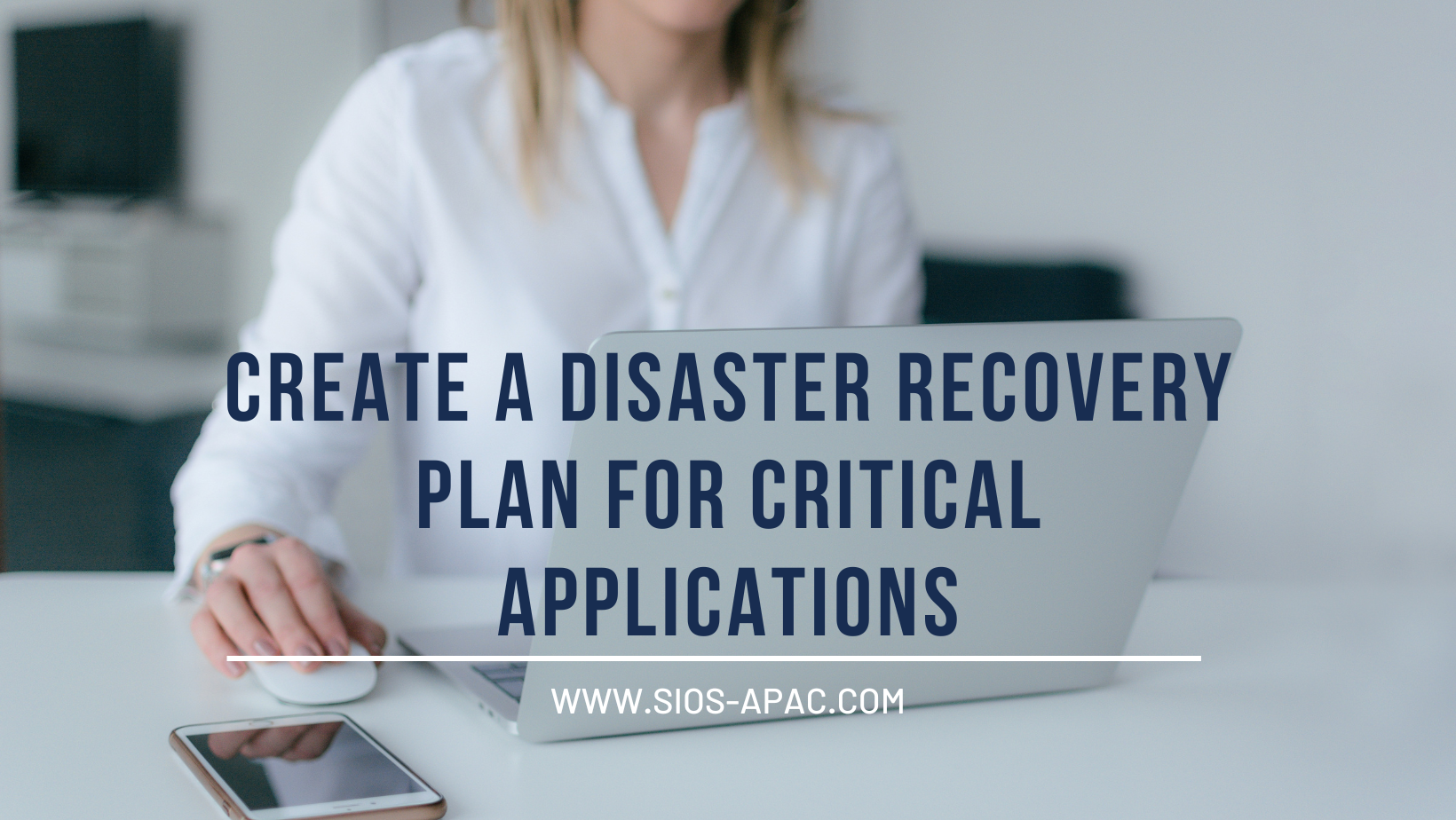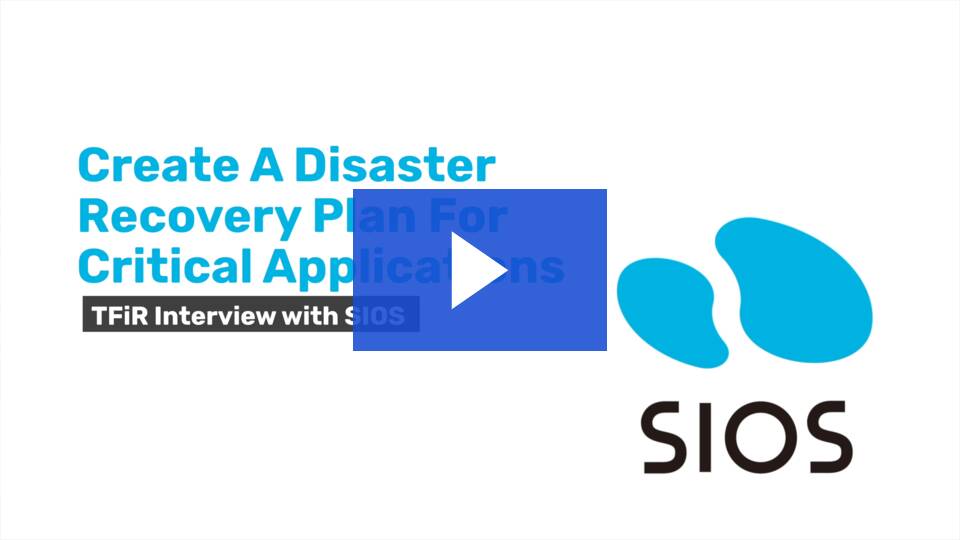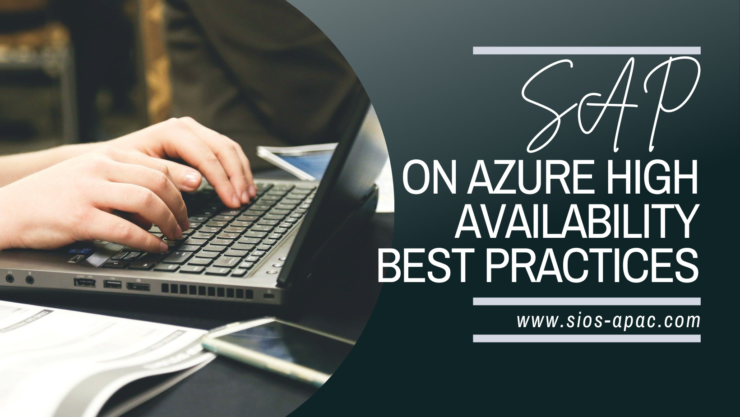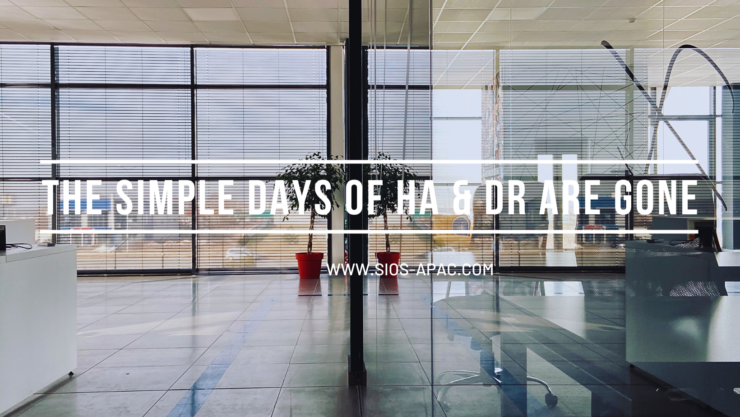| November 30, 2022 |
SIOS Technology Helps Telcos Navigate the Complexities of High AvailabilitySIOS Technology Helps Telcos Navigate the Complexities of High AvailabilityIn today’s connected world, high availability is not only essential — it is considered a lifeline of society and the economy. No internet means no cloud. Just a few minutes of downtime can cost companies millions of dollars and damage customer relationships. While cloud computing, edge computing, and IoT present many opportunities, they are also challenging to navigate. In this ongoing series about high availability (HA) and disaster recovery (DR) for various industries, Harry Aujla, EMEA Pre-Sales Director of SIOS Technology Corp., discusses the importance of high availability in the telecom sector. He points out the challenges telcos are currently facing with high availability and how SIOS Technology is helping. Check out the whole interview above to learn more. Key highlights from this video interview:
Solutions
Connect with Harry Aujla (LinkedIn) Reproduced with permission from SIOS |
| November 26, 2022 |
Create A Disaster Recovery Plan For Critical Applications |
| November 23, 2022 |
SAP on Azure High Availability Best Practices |
| November 20, 2022 |
The simple days of HA & DR are gone |
| November 15, 2022 |
What Does the New Driver in SIOS LifeKeeper for Windows Do For You? |




